少儿英语节日主题课件
- 格式:ppt
- 大小:10.67 MB
- 文档页数:18
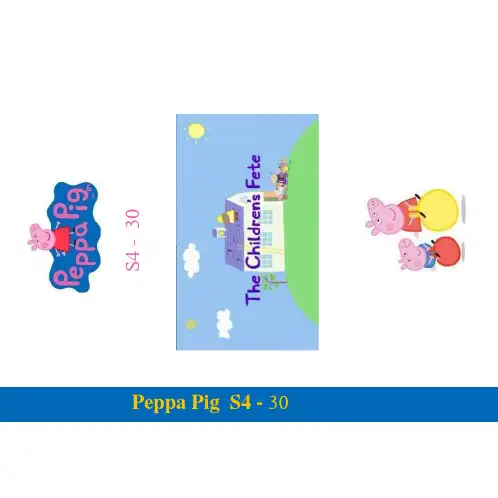

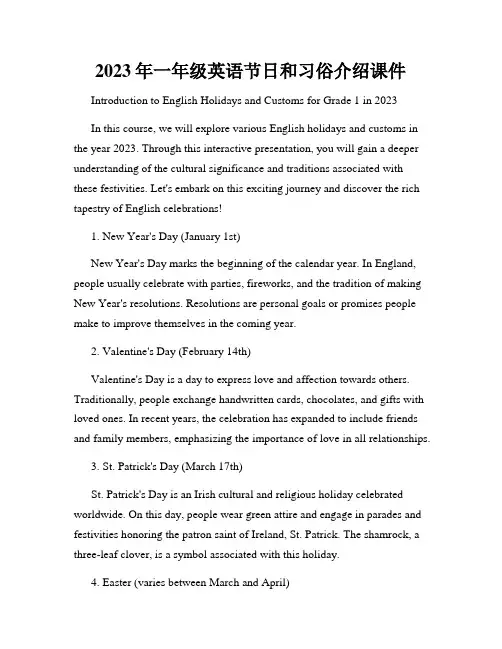
2023年一年级英语节日和习俗介绍课件Introduction to English Holidays and Customs for Grade 1 in 2023In this course, we will explore various English holidays and customs in the year 2023. Through this interactive presentation, you will gain a deeper understanding of the cultural significance and traditions associated with these festivities. Let's embark on this exciting journey and discover the rich tapestry of English celebrations!1. New Year's Day (January 1st)New Year's Day marks the beginning of the calendar year. In England, people usually celebrate with parties, fireworks, and the tradition of making New Year's resolutions. Resolutions are personal goals or promises people make to improve themselves in the coming year.2. Valentine's Day (February 14th)Valentine's Day is a day to express love and affection towards others. Traditionally, people exchange handwritten cards, chocolates, and gifts with loved ones. In recent years, the celebration has expanded to include friends and family members, emphasizing the importance of love in all relationships.3. St. Patrick's Day (March 17th)St. Patrick's Day is an Irish cultural and religious holiday celebrated worldwide. On this day, people wear green attire and engage in parades and festivities honoring the patron saint of Ireland, St. Patrick. The shamrock, a three-leaf clover, is a symbol associated with this holiday.4. Easter (varies between March and April)Easter is a Christian holiday commemorating the resurrection of Jesus Christ. The celebrations often include attending church services, participating in Easter egg hunts, and exchanging chocolate eggs. The Easter Bunny is a beloved character associated with this holiday, bringing gifts and hiding eggs for children.5. May Day (May 1st)May Day, or International Workers' Day, is a celebration of laborers and workers' rights. While less prominent in England, May Day is still observed in certain communities with parades, dances, and festivals. The Maypole dance, where participants weave ribbons around a tall pole, is a traditional custom associated with this day.6. Halloween (October 31st)Halloween is a popular holiday that originated from Celtic traditions and is celebrated in many English-speaking countries. Children dress up in costumes, go trick-or-treating, and carve pumpkins into Jack-o'-lanterns. It is believed that Halloween allows the boundary between the living and the dead to weaken, allowing spirits to roam freely.7. Christmas (December 25th)Christmas is one of the most widely celebrated holidays in England. It commemorates the birth of Jesus Christ and is a time for family gatherings, exchanging gifts, and feasting. Decorations such as Christmas trees, wreaths, and lights adorn homes and streets, creating a festive atmosphere.8. Boxing Day (December 26th)Boxing Day is a public holiday observed in the United Kingdom, Canada, and other Commonwealth countries. It traditionally served as a day for people to give gifts to those in need, such as the less fortunate or servants. In modern times, it has become a day for shopping, sports events, and spending time with family and friends.ConclusionThrough this course, we have explored a variety of English holidays and customs in the year 2023. Each celebration carries its own unique traditions and cultural significance. By understanding and appreciating these festivities, we can broaden our horizons and embrace the diversity of global cultures. May these insights enrich your understanding of English customs and inspire you to explore further aspects of the language and its associated traditions.。
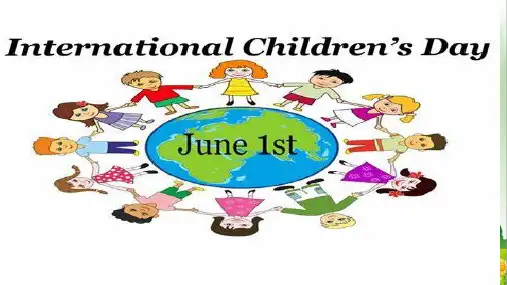
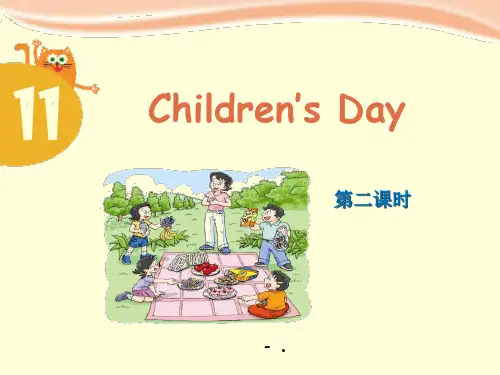


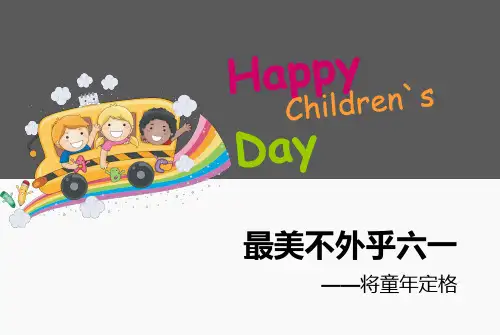
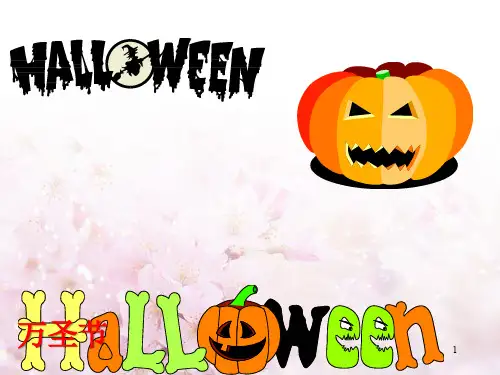

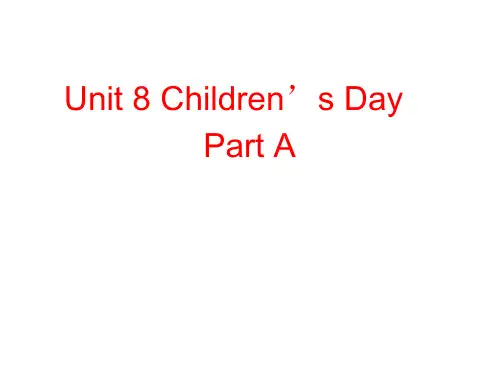
2023年小学英语《节日与习俗》课件课件内容概述:本次课件将介绍一些常见的节日和相应的习俗。
通过学习这些内容,学生们将能够了解不同文化中的节日和习俗,增进跨文化的交流和理解。
一、节日介绍1. 新年(New Year's Day)- 时间:一年的第一天,即1月1日- 习俗:跨年晚会、倒计时、烟花表演等2. 劳动节(Labor Day)- 时间:5月1日- 习俗:放假、家庭聚会、户外活动等3. 感恩节(Thanksgiving)- 时间:每年的第四个星期四,即11月的第四个星期四- 习俗:家人聚餐、感恩祷告、分享食物等二、中国传统节日1. 春节- 时间:农历正月初一,即中国农历的新年- 习俗:拜年、放鞭炮、舞龙舞狮、赏花灯等 2. 中秋节- 时间:农历八月十五- 习俗:赏月、吃月饼、举行家庭聚会等3. 端午节- 时间:农历五月初五- 习俗:吃粽子、赛龙舟、挂艾草等三、国际节日1. 圣诞节(Christmas)- 时间:12月25日- 习俗:装饰圣诞树、交换礼物、举办音乐会等 2. 情人节(Valentine's Day)- 时间:2月14日- 习俗:送花、送巧克力、写情书等3. 愚人节(April Fools' Day)- 时间:4月1日- 习俗:开玩笑、恶作剧、打趣等总结:通过学习不同的节日和习俗,我们能够了解不同国家和地区的文化特色,增进我们的跨文化交流和理解。
同时,也可以更好地传承和发扬自己国家的优秀传统文化。
希望同学们能够在日常生活中尊重并参与到各种节日和习俗中,体验不同文化给我们带来的乐趣和启示。
课件结束,谢谢大家的聆听!。